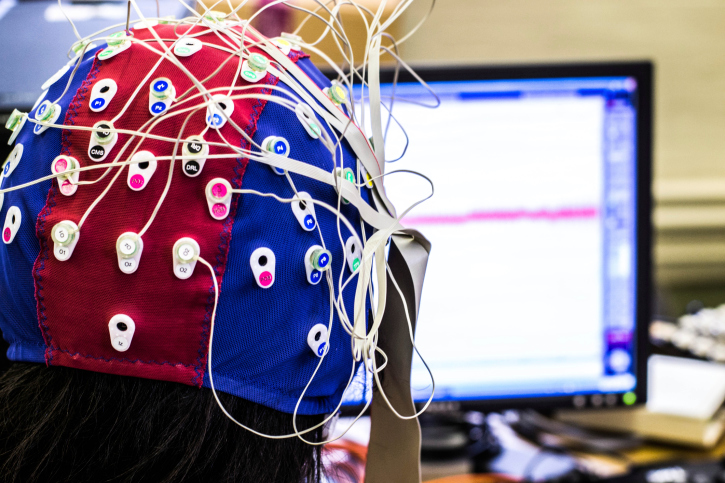Research Interests
Basic Scientific Research Clinical Research

Basic Scientific Research Clinical Research
 Research in the laboratory focuses on the understanding of the neurobiology of stress-related disorders, particularly Post-traumatic stress disorder and stress-induced depression.
Research in the laboratory focuses on the understanding of the neurobiology of stress-related disorders, particularly Post-traumatic stress disorder and stress-induced depression.
We examine the effects of stressful experiences early and later in life on cognitive and emotional abilities in adulthood. We attempt to differentiate between the effects of very early and juvenile stress, acute and chronic stress and between controllable and uncontrollable stress.
In our lab, we have developed several behavioral models of mood and anxiety disorders and are currently studying their electrophysiological and biochemical consequences.
We study the role of emotional activation in memory formation and assess the interactions between the hippocampus, amygdala, prefrontal and entorhinal cortex, when learning under different levels of emotional activation. Both in vivo field potential recordings and measurements of signal transduction cascade activation are utilized in order to map the patterns of activation of these limbic regions.
Some of our current projects:
|
 Reserch in our clinical division focuses mainly on Post-Traumatic Stress Disorder (PTSD), one of the most prevalent and disabling psychiatric disorders in civilian and military population.
Reserch in our clinical division focuses mainly on Post-Traumatic Stress Disorder (PTSD), one of the most prevalent and disabling psychiatric disorders in civilian and military population.
Recent research suggests that it’s possible to distinct between two subpopulation within the PTSD group – Post-traumatic anxious and Post-traumatic depressive patients. We aim to identify these two subpopulations by combining between neuropsychological evaluation scores, EEG/ERP measurements and novel data analysis technology. Our subjects (PTSD patients from the Veterans' Outpatient Services clinic and controls) fill relevant questionnaires and undergo EEG/ERP recordings while performing auditory tasks which measure attention, selective perceptual processes and sensitivity to acoustic intensity.
The data is analyzed by deploying novel brain network activity analysis (BNA) on ERPs during the auditory stimuli, which combines the high temporal resolution of the EEG/ERP with spatial patterns across 32 electrodes.
The use of relevant questionnaires, the chosen EEG/ERP tasks and the new analysis technology will assist in better understanding the underlying mechanisms of PTSD, and allow the development of an objective tool for distinguishing and diagnosis of PTSD and its subpopulations which may lead to better treatment in the future.